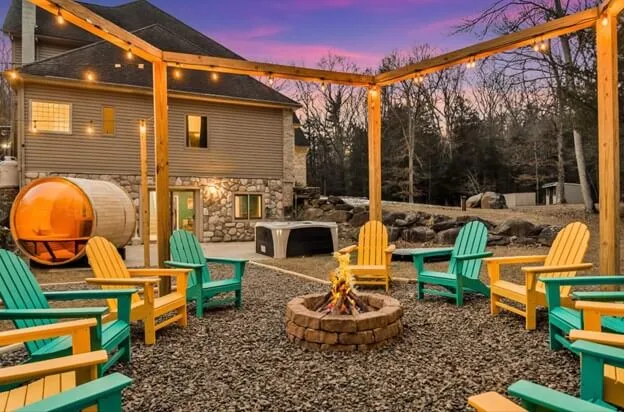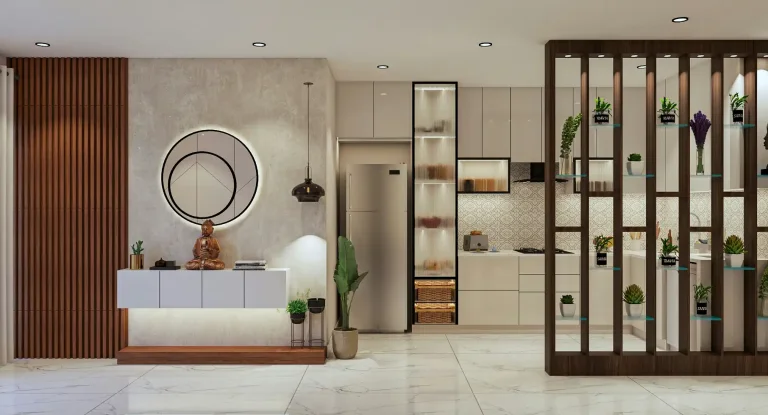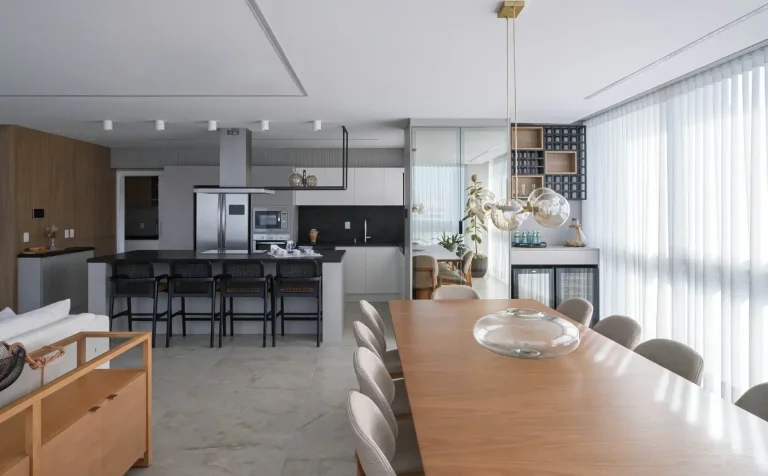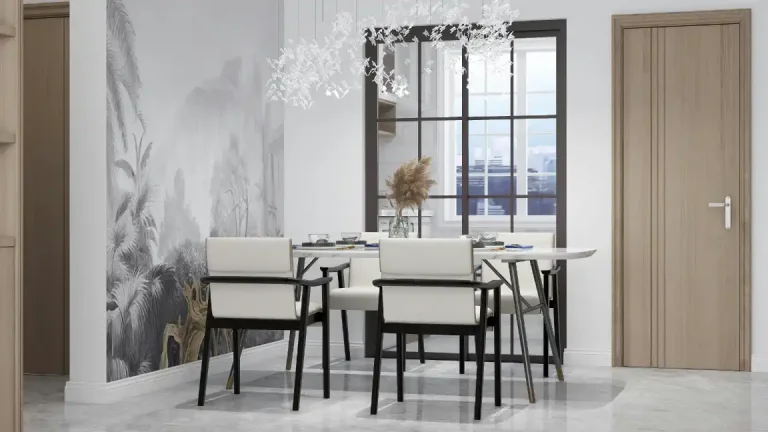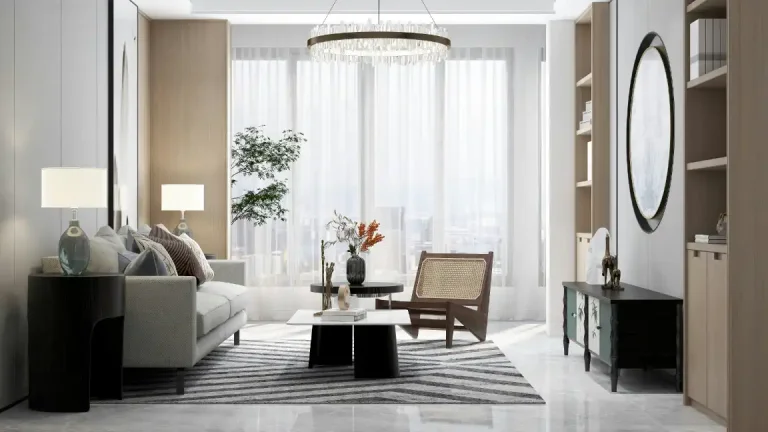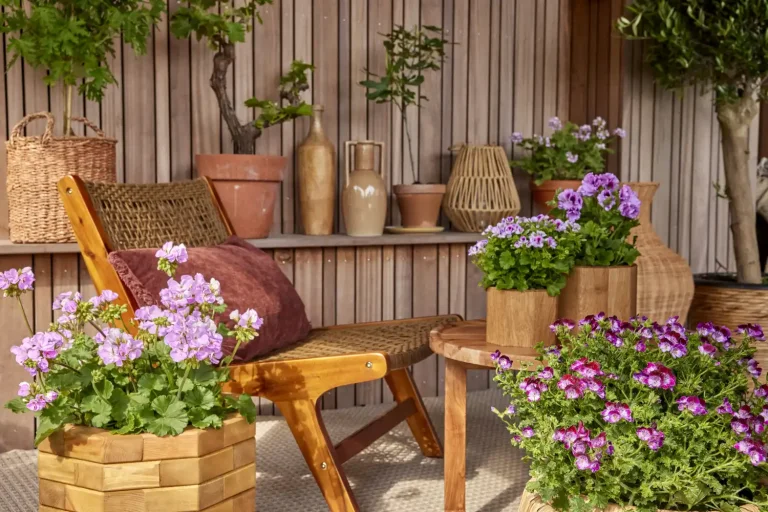Short-Term Rental Design Trends: What's Popular Now
A comfortable bed and a clean space are merely table stakes, the bare minimum to compete. To excel, commanding premium rates and high occupancy, hosts must deliver a memorable, distinct experience. The most powerful tool for crafting that experience is strategic design informed by real market data, not personal preference or fleeting trends.
Many hosts are trapped in a frustrating cycle of uncertainty. They ask themselves, "How do I create a space that guests will love and generate more revenue?" Following interior design fads or decorating based on personal taste is ineffective. Successful STR operators are embracing a shift. They are moving from intuition-based design to data-informed decisions that align with guest preferences and market demands.
This is where STR Cribs comes in. As the leading authority in revenue-generating STR design, we've pioneered a unique data-driven design methodology that transforms ordinary properties into high-earning hospitality assets. Throughout this article, we reveal the top STR design trends. More importantly, we explain the science and strategy behind them: showing you why these approaches work and how they impact your bottom line.
8 Essential Short Term Rental Design Trends
1. Biophilic & Nature-Inspired Sanctuaries
Biophilic design integrates natural elements, such as living plants, natural light, organic materials like wood and stone, to create restorative environments that reconnect guests with nature. This philosophy influences how people feel and function within a space.
Modern travelers, especially from urban areas, seek escapes that contrast their daily lives. Our analysis shows listings with descriptions like "serene," "retreat," and "natural light" outperform comparable properties. This isn't coincidental; biophilic design elements scientifically reduce stress, improve mood, and enhance cognitive function. These benefits translate to exceptional guest experiences and glowing reviews.
How to implement it:
- Invest in a collection of low-maintenance live plants like snake plants, ZZ plants, or pothos in attractive pots of varying heights and textures. Buy a collection of real plants instead of a single fake plant.
- Consider a sisal or jute area rug, linen bedding, rattan light fixtures, solid wood accent furniture, and stone-look backsplashes or countertops to layer natural materials.
- Use sheer curtains instead of heavy drapes to maximize natural light, strategically place mirrors to reflect light, and choose glass or open elements for railings or room dividers.
This biophilic design Airbnb approach creates the restorative sanctuary that today's guests seek.
2. The High-Functioning WFH Nook
The fusion of business and leisure travel ("bleisure") has evolved from pandemic necessity to a permanent fixture. This trend demands dedicated, comfortable, and aesthetically pleasing workspaces that inspire productivity while complementing your design scheme.
The "Work from Anywhere" filter is a top search parameter on major booking platforms. Our data shows that properties with well-designed workspaces command 15-25% higher rates and increased midweek occupancy, traditionally the softest period for leisure rentals. A thoughtfully equipped workspace is no longer a nice-to-have; it's a powerful amenity for a significant segment of travelers.
How to implement it:
- Provide a proper ergonomic chair, not a dining chair or decorative seat. Function must take precedence over form, though many stylish ergonomic options exist.
- Ensure excellent lighting (natural light plus a desk lamp), multiple accessible outlets, and a power strip with USB ports. Include a wireless charging pad for convenience.
- Offer fast, reliable Wi-Fi (minimum 100 Mbps download/upload) and prominently feature the verified speed in your listing. Consider a mesh network for larger properties to eliminate dead zones.
3. Hyper-Localism: Designing an Authentic Experience
Hyper-localism transcends generic decorative elements to create spaces intimately connected to their location, city, neighborhood, or regional culture. This approach rejects the homogenized "Airbnb aesthetic" in favor of authentic, place-based design that tells a story.
Today's travelers are experience-seekers. They can find generic, IKEA-furnished spaces anywhere. They're booking your STR for the opportunity to experience a place, to feel like a local, temporarily. Research shows that properties featuring local elements in their top five photos see 22% higher click-through rates and improved conversion. Localized design makes your property an integral part of the travel experience, not just accommodation.
How to implement it:
- Source art, photography, and decorative objects from local artists or artisans. These pieces become conversation starters and create emotional connections to the location.
- Include a curated collection of books by local authors or about local history, culture, and attractions. A small, thoughtful library adds character and enhances the guest experience.
- Develop a color palette and material selection inspired by the local landscape or architecture. For example, desert tones and textures in Scottsdale, coastal blues and weathered woods in coastal New England, or deep greens and natural stone in the Pacific Northwest.
4. Spa-Like Bathrooms & Amenities
This trend elevates the bathroom from a functional space to a personal wellness sanctuary. It acknowledges the bathroom as a critical touchpoint in the guest experience, one that can significantly influence overall satisfaction and perceived value.
A luxurious bathroom is "photographable" and signals premium quality to potential guests. Our booking data reveals that properties with spa-like bathroom photos in their listing's first five images see an average ADR increase of 18-23%. These spaces offer accessible luxury that makes guests feel pampered and creates a lasting positive impression; often translating to more detailed and enthusiastic reviews.
How to implement it:
- Install a rainfall showerhead (ideally with a handheld component) and provide abundant high-quality, plush towels.The tactile experience of luxurious towels significantly impacts guest satisfaction.
- Offer premium, locally sourced, or eco-friendly toiletries in permanent, refillable dispensers instead of single-use bottles. Clearly label them and choose sophisticated scents that complement your brand.
- Add thoughtful details to elevate the experience: a wooden bath tray for books or devices, a high-quality bath mat, bath bombs or shower steamers, effective ventilation, and dimmable lighting for customizable ambiance.
5. Multifunctional Layouts: Maximizing Every Square Foot
This approach employs smart, flexible furniture and layouts that allow single spaces to serve multiple purposes. This is valuable in smaller properties or urban markets where space is premium.
Multifunctional design meets evolving guest needs for flexibility. It allows a one-bedroom property to accommodate a small family, or a studio to function as a live/work/dine space. Our occupancy data shows that cleverly designed smaller spaces outperform larger ones in the same market on a square-footage-to-revenue ratio. This approach broadens your potential guest pool and impacts your ability to maximize rental income from design investments.
How to implement it:
- Invest in a high-quality sofa bed with a premium mattress (not a basic futon or pull-out with a thin mattress) for the living area. Choose one that functions excellently as both seating and sleeping.
- Incorporate transformable furniture like drop-leaf dining tables that serve as console tables, nesting side tables that can be separated, or ottomans with hidden storage that double as seating.
- For maximum space efficiency in studio or micro units, consider Murphy beds, wall beds, or sophisticated transformable furniture systems that convert from sleeping to living configurations.
6. Creating Memorable, "Gram-Worthy" Moments
This trend marks a shift away from safe but forgettable all-gray or all-white minimalism toward bold colors, rich textures, and distinctive patterns for visual interest and memorable moments.
A unique "photo moment" (like a vibrant accent wall, a textured velvet sofa, or a distinctive architectural feature) makes your listing stand out in the crowded search results. Properties with these elements achieve higher click-through rates on booking platforms. These design elements encourage guests to share photos on social media, creating organic marketing that expands your property's reach. This is the essence of creating an instagrammable airbnb.
How to implement it:
- Create at least one feature wall using bold, removable wallpaper, a deep paint color, or an eye-catching mural. Position it strategically for guest photos.
- Layer contrasting textures throughout the space. For example, a velvet sofa with a boucle accent chair, a chunky knit throw against smooth linen bedding, or a leather ottoman next to a natural fiber rug creates visual and tactile richness.
- Install statement lighting that serves as functional illumination and a sculptural focal point. Oversized pendants, distinctive chandeliers, or architectural sconces can transform a space.
7. Tech That Enhances the Guest Stay
This trend focuses on integrating technology that improves the guest experience and operational efficiency, rather than adding complexity or novelty.
Modern travelers expect certain technological conveniences. Our satisfaction surveys show that convenient, intuitive technology ranks among the top factors in 5-star reviews. Smart home technology addresses key guest pain points: uncertain check-in processes, temperature discomfort, and entertainment access. Additionally, these systems provide hosts with significant operational benefits through remote monitoring and management.
How to implement it:
- Install essential smart systems: a reliable smart lock with unique codes for each guest, a learning thermostat (like Nest or Ecobee) that balances comfort and energy efficiency, and a large smart TV with easy access to major streaming services.
- Consider experience-enhancing additions like a voice-controlled speaker for music and information (e.g., Sonos or Echo), smart lighting in key areas controlled via app or voice, and a tablet with a digital guidebook containing property instructions and local recommendations.
- Ensure all technology is intuitive with clear instructions. The best tech is unnoticed because it works seamlessly.
8. Eco-Conscious by Design
This trend represents a comprehensive approach to environmentally responsible design choices in materials, furnishings, operations, and amenities. It creates properties that minimize ecological impact while maximizing guest comfort.
More travelers now make booking decisions based on sustainability. Our data shows properties with eco-friendly features see improved conversion rates among younger and higher-income travelers. Sustainable choices align with quality and durability, reducing long-term maintenance and replacement costs.
How to implement it:
- Start with the basics: use non-toxic, low-VOC paints and finishes that improve indoor air quality and reduce environmental impact.
- Furnish with vintage, reclaimed, or sustainably sourced pieces. These items bring unique character while reducing manufacturing impacts.
- Make it easy for guests to practice sustainability with labeled recycling and composting bins, energy-efficient appliances, and water-saving fixtures.
- Provide a water filter pitcher and quality reusable water bottles to reduce single-use plastic waste. This is a small investment with significant guest appreciation.
How to Implement Airbnb Design Trends
Implementing these trends can feel overwhelming, especially when balancing multiple properties or managing from a distance. The key isn't incorporating every trend into every property, but strategically selecting and integrating the right combination based on your property's characteristics, target market, and ideal guest profile. This is where professional expertise becomes essential to maximizing return on investment.
STR Cribs navigates this complexity for you. We don't just design; we create a comprehensive, data-backed business strategy for your property's interior. Our end-to-end services cover the entire process, from market analysis and concept development to space planning, furnishing selection, procurement, delivery,installation, and renovation management with vetted contractors. This turnkey approach ensures every design element works cohesively to maximize your property's performance.
We understand that a significant renovation represents a substantial investment, not a barrier to achieving your property's full potential. That's why we offer flexible financing options, with up to $100,000 available and 0% introductory rates for qualified borrowers. This makes a high-ROI renovation accessible now, allowing you to start generating enhanced returns immediately instead of waiting to save the necessary capital.
Conclusion
The most successful short-term rental properties will be designed with intention, strategy, and data. The approaches we've outlined aren't just about aesthetics, they're about building a resilient, profitable, and guest-loved business that can command premium rates during shoulder seasons and build a loyal following of repeat guests and referrals.
Are you ready to stop guessing and start earning your property’s true worth? Let our experts build a data-driven design plan tailored to your market, property, and business goals. The difference between an average STR and a top-performing one comes down to strategic design decisions, and the ROI can be substantial. Get your free, no-obligation proposal today and discover the impact of strategic, data-informed design on your short-term rental business.
